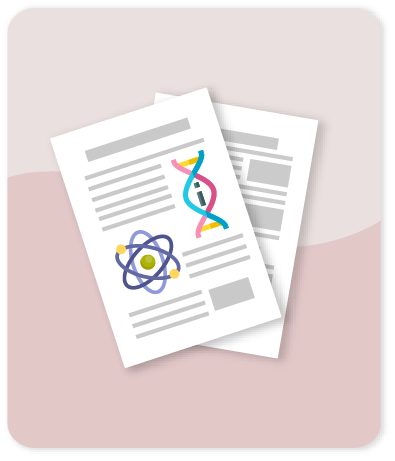A population balance model of ball wear in grinding mills: An experimental case study

Share this
Date
2018Author
Bürger R.
Bustamante O.
Fulla M.R.
Rivera I.E.
Citación
Metadata
Show full item recordAbstract
A general and realistic population balance model is applied to a ceramic ball mill. The experimental data are obtained for three differently sized balls. The mill is operated 500 h with silica sand during 8 cycles. After each cycle, the mill is stopped to measure the ball wear to obtain the kinetics wear equations. It turns out that the wear law for all three different sized balls is of zero order. These experimental results are introduced into the model to obtain the ball charge of the mill at steady state and the alumina consumption by wear. © 2018 Elsevier Ltd
Collections
- Indexados Scopus [1632]
